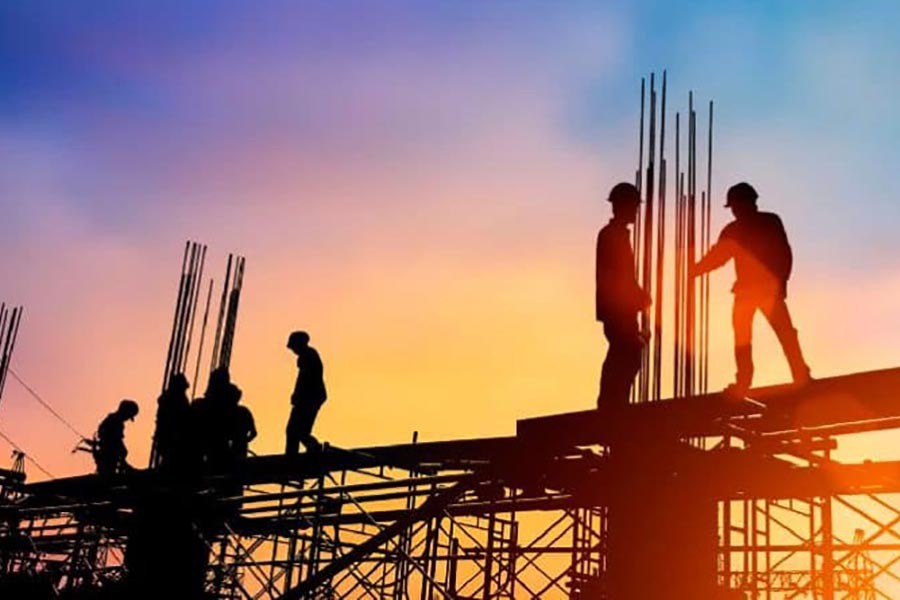
Published :
Updated :

The government is out to narrow the infrastructural gap that has been hurting the country's development process for decades. A few major infrastructural projects have already been completed and some more are on the way to completion. The Padma Bridge, built at a cost of over Tk 300 billion and opened to traffic in June last year, is a landmark in the country's developmental journey.
The government has taken up some more mega projects in some other sectors, including power, port, shipping, and aviation, at a huge cost. The aggregate cost of six metro rail projects to be implemented in Dhaka is likely to run into more than Tk 2.0 trillion. The estimated cost of projects approved at every regular weekly meeting of the executive committee of the national economic council (ECNEC) comes between Tk 40 billion and Tk 80 billion. The cost of most of the projects, however, goes up two to three times finally because of implementation delays.
None would dispute the fact that the country needs to execute development projects, both large and small. It would not be proper to ignore national priorities while taking up projects for execution. For instance, employment generation, that too at the grassroots level, remains a top national priority. Is the government doing enough to address that priority? The policy planners might claim that the projects, including the mega ones, included in the development plans, would help create an environment conducive to employment growth. Such a claim, however, if made at all, will be a matter of debate.
Poverty reduction and employment generation are two interlinked issues. The State itself will have to generate enough employment opportunities and ensure a climate where the private sector can also add jobs in sufficient numbers. Employment opportunities need to be generated in all regions in a balanced manner, instead of their concentrating in a few major cities such as Dhaka, Chittagong, Gazipur and Narayanganj.
The rate of poverty, which was over 40 per cent in the late 1980s, had started falling continuously until the Covid-19 pandemic struck in the early part of 2020. As the pandemic wreaked havoc on the economy, there was a reversal in the poverty reduction trend, as many people lost jobs and other means of earning their livelihoods. The situation has not improved though the pandemic is almost over. The economy is under stress because of the ongoing Russia-Ukraine war and internal mismanagement. With inflation soaring, some economic activities have slowed down. In such a situation, there is hardly any scope for creating new jobs. Rather, the opposite might happen if the current situation persists for some more time.
It would thus be wise for the government to lay a greater emphasis on transforming the upazilas into 'growth centres' with the main objective of creating employment opportunities. Most upazilas are now connected with Dhaka or nearby district headquarters through improved feeder roads. So, marketing of goods, industrial or agricultural, should not be a problem. Farm produce reaches Dhaka on the same day even from remote areas of the country because of better road conditions.
The government should divert a part of the development fund to upazilas to establish small-scale manufacturing/commercial facilities after conducting proper feasibility studies. The authorities concerned could also lease khas land in upazials to well-organised cooperative societies for use in poultry and fish production. Such ventures, however, would require proper monitoring and supervision. There could be many more employment-generating ventures. The government does need to pay its due attention to employment-generation priorities.
Zahidmar10@gmail.com


 For all latest news, follow The Financial Express Google News channel.
For all latest news, follow The Financial Express Google News channel.